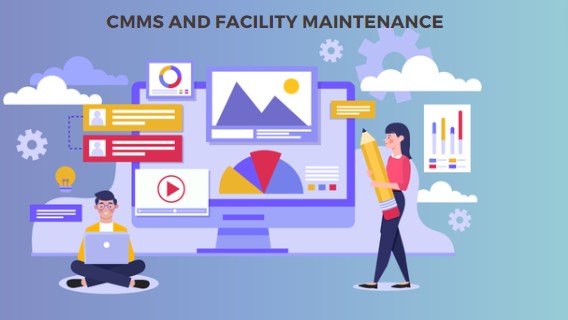
CMMS and Modern Facility Maintenance
Viki Dongare |
18 Apr 2024 |
11:48 AM
- What is CMMS?
- Evolution of Facilities Maintenance Management
- Importance of Modern Facility Maintenance
- Advantages over Traditional Maintenance Methods
- Understanding the Benefits of CMMS
- CMMS Facility Management Solutions Across Industries
- How to Choose the Right CMMS software
- Understanding Facility Maintenance Management
- Reasons to Transition from Traditional Maintenance to CMMS
- Future Trends in CMMS and Facility Maintenance
- Conclusion: Embracing the Future of Facility Maintenance with CMMS
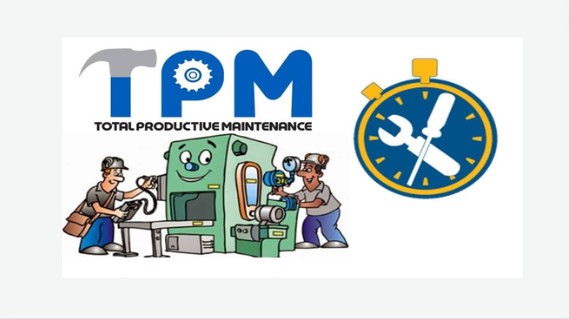
10 Benefits of Total Productive Maintenance
Pratik Lohiya 16 Mar 2024 | 17:18 PMUnlock the potential of Total Productive Maintenance (TPM) for enhanced efficiency and reliability with Proptor's CMMS software. Drive continuous improvement and perfect production while optimizing equipment availability with our comprehensive mainten...
In today's dynamic business landscape, the effective management of facility maintenance is paramount for organizations striving to maintain operational efficiency and competitiveness. At the forefront of this endeavor is the utilization of Computerized Maintenance Management Systems (CMMS). But what exactly is CMMS, and why is it gaining traction across industries?
What is CMMS?
CMMS, short for Computerized Maintenance Management Systems, represents a sophisticated approach to managing maintenance tasks, processes, and operations within facilities. Unlike traditional paper-based systems or spreadsheets, CMMS leverages advanced software solutions to streamline maintenance activities, optimize asset performance, and reduce downtime.

Evolution of Facilities Maintenance Management
The evolution of facilities maintenance management can be traced back to the manual record-keeping methods prevalent in earlier decades. These rudimentary systems often led to inefficiencies, missed maintenance tasks, and increased maintenance costs due to reactive rather than proactive approaches. However, as technology advanced, so did the methods for managing maintenance.
CMMS, a game-changer in the field of facilities management. With its computerized framework, CMMS revolutionizes how maintenance tasks are planned, scheduled, and executed. It empowers maintenance team to efficiently track assets, manage work orders, and analyze maintenance data in real-time, thereby enhancing overall operational efficiency.
Importance of Modern Facility Maintenance
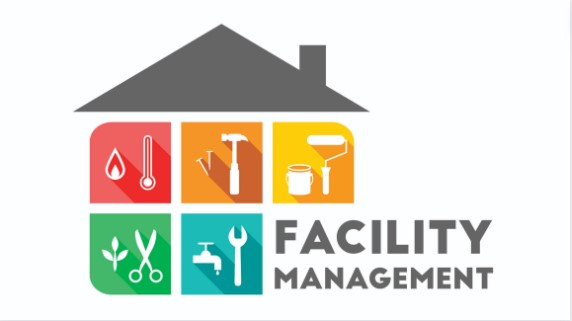
In the modern business landscape, the importance of effective facility maintenance cannot be overstated. Facilities serve as the backbone of operations across industries, encompassing manufacturing plants, retail chains, healthcare facilities, educational institutions, and more. Any disruption or downtime in facility operations can have significant repercussions on productivity, customer satisfaction, and bottom-line results.
Advantages over Traditional Maintenance Methods
In the modern business landscape, the importance of effective facility maintenance cannot be overstated. Facilities serve as the backbone of operations across industries, encompassing manufacturing plants, retail chains, healthcare facilities, educational institutions, and more. Any disruption or downtime in facility operations can have significant repercussions on productivity, customer satisfaction, and bottom-line results.
CMMS represents a paradigm shift in facilities management. Its advantages over traditional methods are clear: improved asset management, streamlined maintenance processes, reduced maintenance and labor costs. As we delve deeper into the realm of CMMS , we uncover the transformative impact it has on modern-day operations.
Understanding the Benefits of CMMS
In facility maintenance, the adoption of Computerized Maintenance Management Systems (CMMS) heralds a new era of efficiency and optimization. Let's learn about the key benefits that organizations can reap from implementing CMMS solutions.
Enhanced Maintenance Efficiency - CMMS streamlines maintenance tasks by automating workflows, scheduling preventive maintenance, and facilitating resource allocation. Maintenance teams can easily prioritize tasks, assign responsibilities, and track progress in real-time. By centralizing maintenance operations within a digital platform, CMMS eliminates the inefficiencies associated with manual record-keeping and paper-based systems. This heightened efficiency translates into faster response times, reduced downtime, and enhanced overall productivity.

Reduced Downtime and Costs - One of the primary objectives of CMMS is to minimize equipment downtime and associated costs. By implementing preventive maintenance schedules, organizations can proactively address potential issues before they escalate into costly breakdowns. CMMS enables predictive maintenance strategies by analyzing maintenance data and equipment performance trends, thereby preventing unplanned downtime and minimizing the need for expensive repairs. Ultimately, this proactive approach leads to significant cost savings and improved operational resilience.
Improved Asset Management - Effective asset management is essential for maximizing the lifespan and performance of critical equipment and machinery. CMMS provides organizations with comprehensive asset tracking capabilities, allowing them to monitor asset health, track maintenance histories, and manage inventory levels efficiently. By gaining insights into asset performance and utilization, facility and maintenance managers can make data-driven decisions regarding asset maintenance, repair, and replacement. This proactive approach to asset management ensures optimal asset performance while minimizing the risk of unexpected failures.
Data-Driven Decision Making - At the heart of CMMS lies data analytics, empowering organizations to make informed decisions based on actionable insights. By collecting and analyzing maintenance data, CMMS software identifies trends, patterns, and areas for improvement. Facility managers can leverage this valuable information to optimize maintenance processes, allocate resources effectively, and develop strategic maintenance plans. From identifying recurring issues to optimizing maintenance schedules, data-driven decision-making becomes the cornerstone of efficient facilities management.

The benefits of CMMS extend far beyond mere efficiency gains. By enhancing maintenance efficiency, reducing downtime and costs, improving asset management, and facilitating data-driven decision-making, CMMS empowers organizations to elevate their facility maintenance practices to new heights of excellence and effectiveness.
CMMS Facility Management Solutions Across Industries
Retail Chains - Retail chains rely on CMMS to maintain the smooth operation of their stores. From HVAC systems to lighting fixtures, CMMS helps track maintenance schedules, manage work orders, and ensure that stores are in optimal condition to provide an excellent shopping experience for customers.
Grocery Stores - In the fast-paced environment of grocery stores, timely maintenance is crucial to keep refrigeration units, checkout lanes, and other critical equipment running smoothly. CMMS software helps grocery store managers stay on top of maintenance tasks, reducing the risk of equipment downtime and preserving perishable goods.
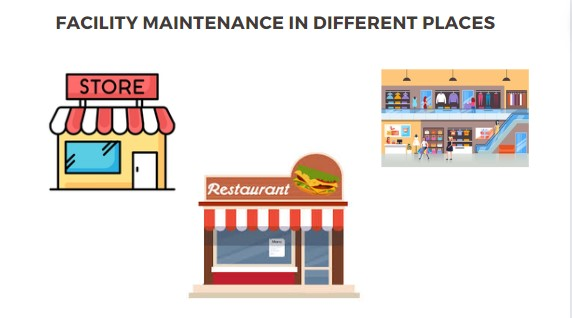
Convenience Stores - For convenience stores, where every minute counts, CMMS streamlines maintenance operations to minimize disruptions and keep essential services like fuel pumps, refrigerators, and lighting functioning reliably. With CMMS, convenience store managers can prioritize tasks efficiently and ensure effective inventory management.
Restaurants - Restaurants rely on CMMS to maintain a clean, safe, and welcoming environment for patrons. CMMS software helps restaurant managers manage kitchen equipment, HVAC systems, and plumbing to prevent costly breakdowns and maintain regulatory compliance with health and safety regulations.
Financial Services - In the financial services sector, where security and reliability are paramount, CMMS ensures that critical infrastructure such as ATMs, security systems, and HVAC systems operate without interruption. By proactively addressing maintenance needs, CMMS helps financial institutions maintain operational continuity and protect sensitive assets.
Hotels - Hotels utilize CMMS to uphold high standards of guest satisfaction by ensuring that rooms, amenities, and facilities are well-maintained. From routine maintenance tasks to responding to guest requests promptly, CMMS enables hotel staff to deliver exceptional service while minimizing downtime.
Education - Educational institutions leverage CMMS to maintain school facilities, equipment, and infrastructure efficiently. CMMS helps school administrators optimize maintenance schedules, manage resources effectively, and create a conducive learning environment for students and staff alike.
Healthcare - In healthcare facilities, where patient care and safety are paramount, CMMS plays a critical role in maintaining medical equipment, facilities, and utilities. CMMS solutions help healthcare organizations comply with regulatory standards, minimize equipment downtime, and ensure the uninterrupted delivery of care.
How to Choose the Right CMMS software
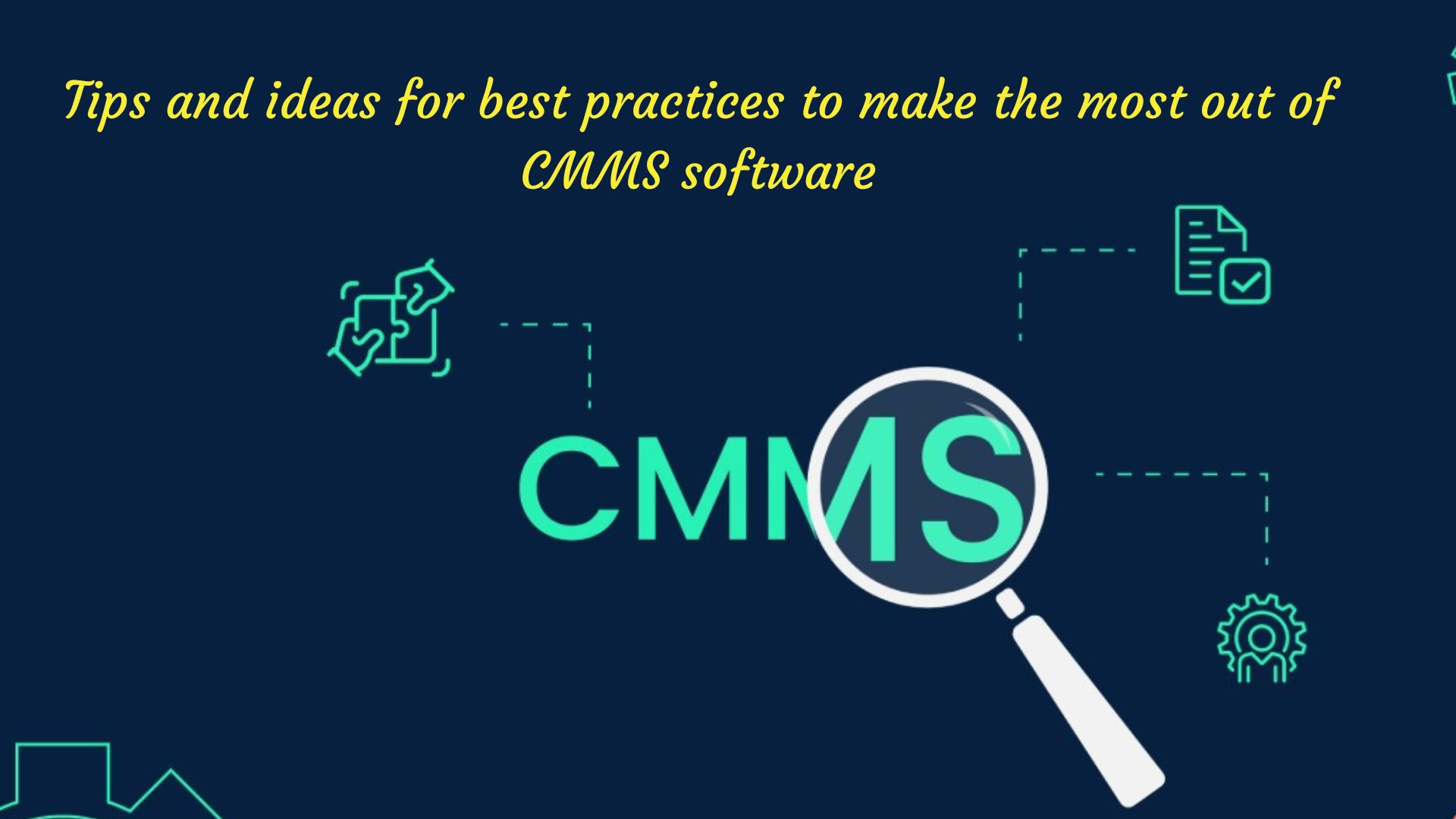
Factors to Consider
Selecting the right Computerized Maintenance Management System (CMMS) is crucial for optimizing facility maintenance processes and achieving organizational goals. Here are key factors to consider when choosing the right CMMS solution:
Evaluating Your Facility's Needs
-
Conduct a thorough assessment of your facility's maintenance requirements, including the types of assets to be managed, maintenance tasks, and desired outcomes.
-
Identify pain points and areas for improvement within your current maintenance operations to pinpoint the features and functionalities needed in a CMMS.
Selecting the Best Fit for Your Organization
-
Compare multiple CMMS solutions based on their features, pricing, and suitability for your organization's needs.
-
Consider conducting demos or trials to evaluate the user experience and functionality of each CMMS.
-
Seek feedback from key stakeholders, including maintenance teams, facility managers, and IT personnel, to ensure buy-in and alignment with organizational goals.
Understanding Facility Maintenance Management
Importance and Scope
Facilities management is critical for ensuring the smooth operation and longevity of physical assets within an organization. Facility managers play a pivotal role in overseeing maintenance activities, optimizing resources, and upholding industry standards. They are responsible for coordinating maintenance teams, scheduling preventive maintenance tasks, and managing maintenance data to drive informed decision-making.
By implementing modern CMMS solutions, facility managers can streamline maintenance processes, reduce costs, and improve productivity. Additionally, CMMS software enables condition monitoring, provides valuable maintenance information, and facilitates mobile access to key features, aligning with industry standards and enhancing overall facility maintenance efficiency.
Reasons to Transition from Traditional Maintenance to CMMS
-
Work Order Management: From Chaos to Clarity - Traditional maintenance often relies on manual processes and paper-based work orders, leading to inefficiencies and errors. CMMS streamlines work order management by digitizing workflows, automating task assignment, and providing real-time status updates, ensuring clarity and accountability throughout the maintenance process.
-
Asset Tracking: Empowering Better Asset Management - CMMS solutions offer robust asset tracking capabilities, allowing organizations to monitor asset health, track maintenance histories, and optimize asset utilization. By gaining insights into asset performance and condition, organizations can make informed decisions regarding maintenance priorities and resource allocation.
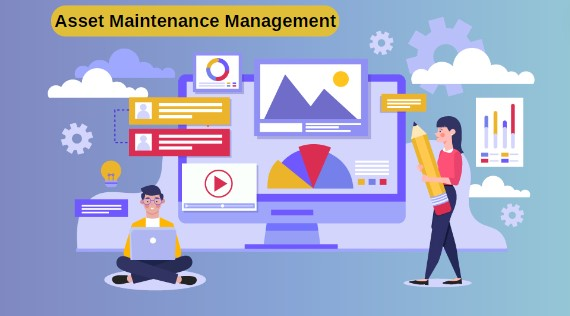
-
Maintenance Efficiency: Data-Driven Decision Making - With CMMS, organizations can leverage maintenance data and analytics to drive efficiency and effectiveness. By analyzing maintenance trends, predicting equipment failures, and optimizing maintenance schedules, organizations can proactively address maintenance needs, reduce downtime, and minimize costs.
-
Ease of Use: Empowering Facility Managers and Technicians - CMMS software is designed with user-friendly interfaces and intuitive features, empowering maintenance managers and technicians to navigate and utilize the system with ease. By simplifying complex maintenance processes and providing access to key features via mobile devices, CMMS enhances collaboration, productivity, and overall user satisfaction.
Future Trends in CMMS and Facility Maintenance
Advanced Technologies and Innovations
As technology continues to advance, the landscape of Computerized Maintenance Management Systems (CMMS) and facility maintenance is poised for significant transformation. Key future trends shaping the evolution of CMMS and facility maintenance practices include the integration of advanced technologies such as artificial intelligence (AI), machine learning (ML), and augmented reality (AR). These innovations will revolutionize maintenance processes by automating tasks, predicting equipment failures, and enhancing decision-making capabilities.
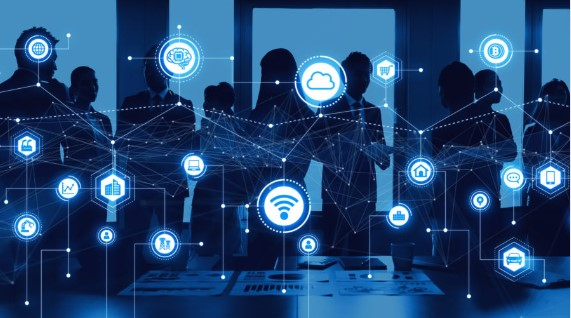
Moreover, predictive maintenance, enabled by IoT sensors and data analytics, will become increasingly prevalent in CMMS systems, allowing organizations to anticipate maintenance needs, minimize downtime, and optimize asset performance. Enhanced mobility and accessibility through mobile devices will empower maintenance teams to access critical information, submit work orders, and collaborate from anywhere, at any time, facilitating seamless communication and prompt response to maintenance tasks.
Additionally, a focus on industry standards and compliance will drive CMMS solutions to adapt and ensure adherence to evolving regulatory requirements, with enhanced reporting capabilities and documentation features enabling organizations to maintain operational integrity and demonstrate compliance.
Conclusion: Embracing the Future of Facility Maintenance with CMMS
As technology continues to advance, the future of Computerized Maintenance Management Systems (CMMS) and facility maintenance is characterized by the integration of advanced technologies, predictive maintenance strategies, enhanced mobility, and a focus on compliance with industry standards. By embracing these trends, organizations can drive efficiency, minimize downtime, and optimize asset performance, ultimately achieving operational excellence and staying ahead in an increasingly competitive business landscape.